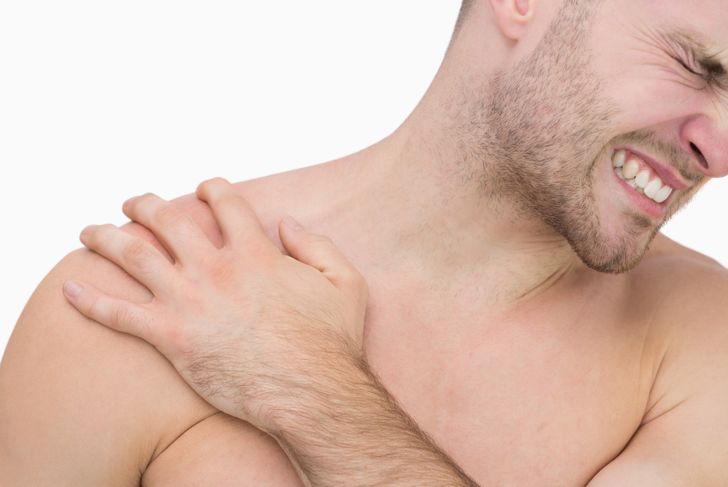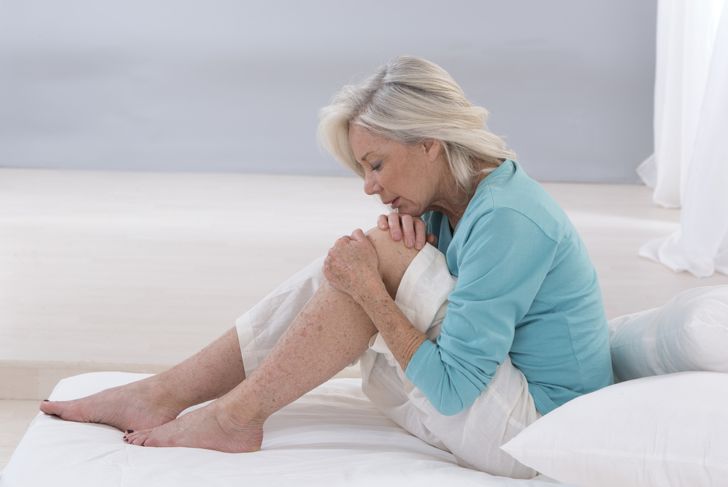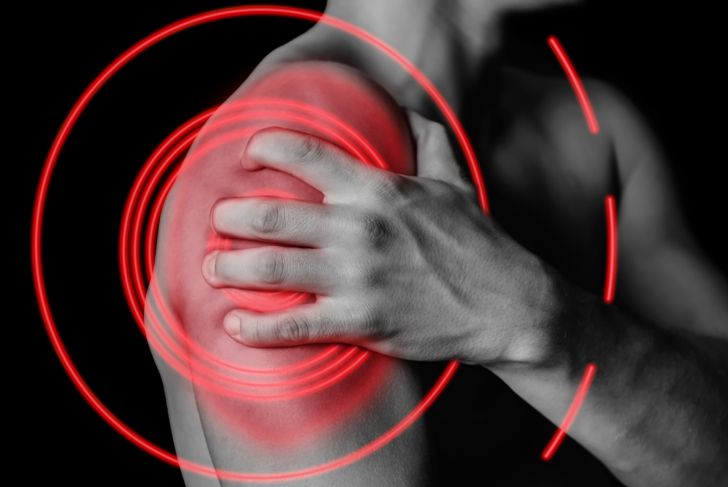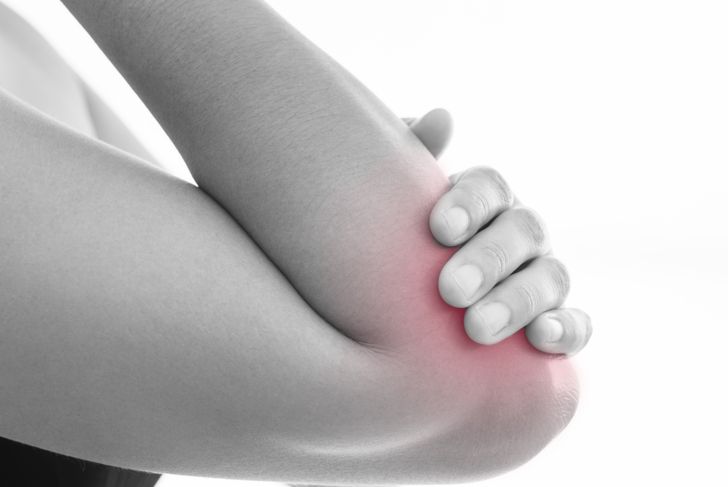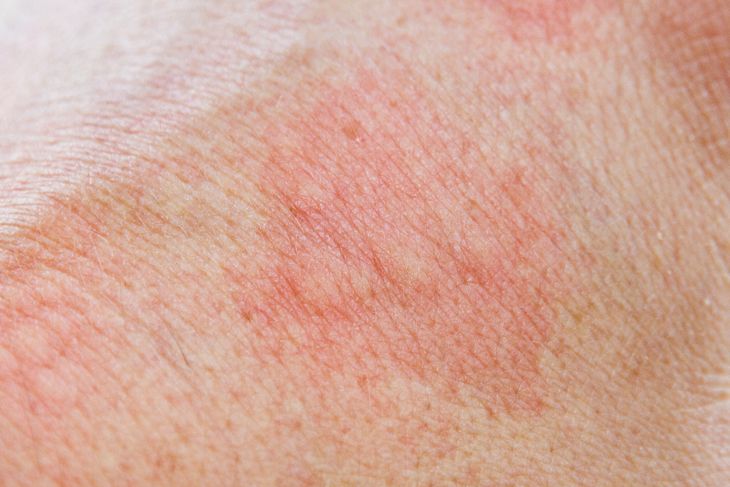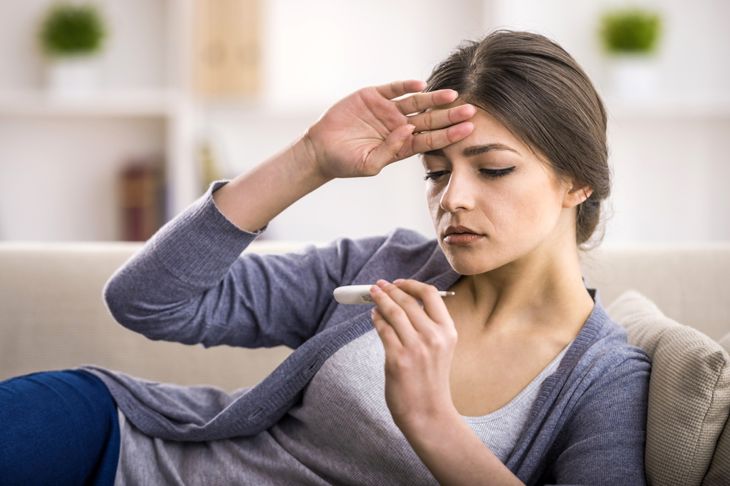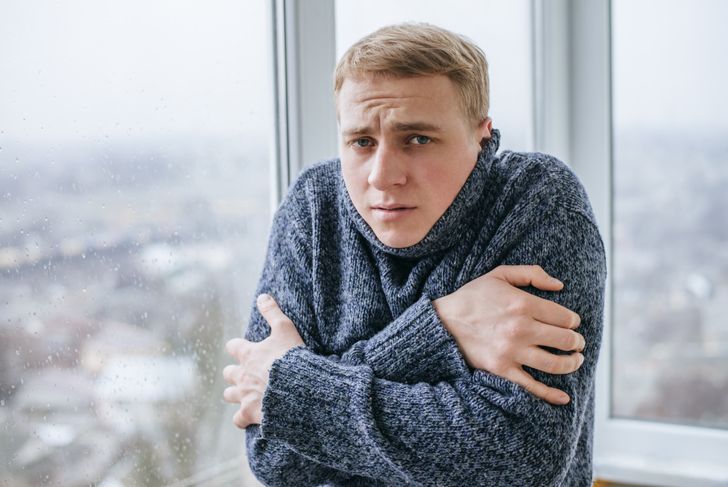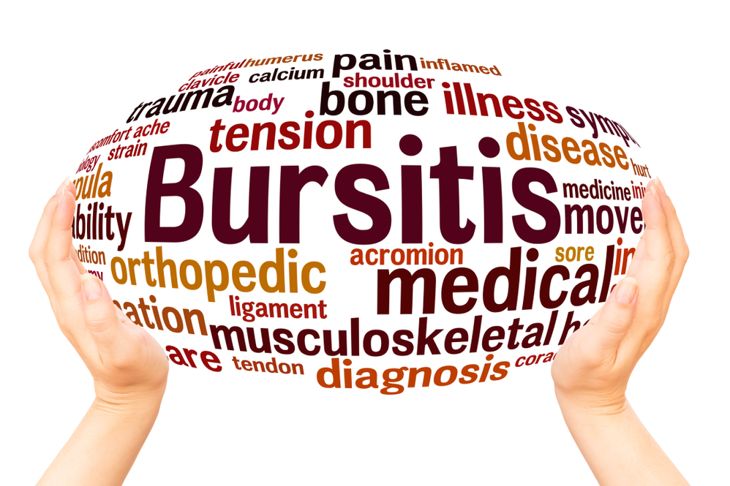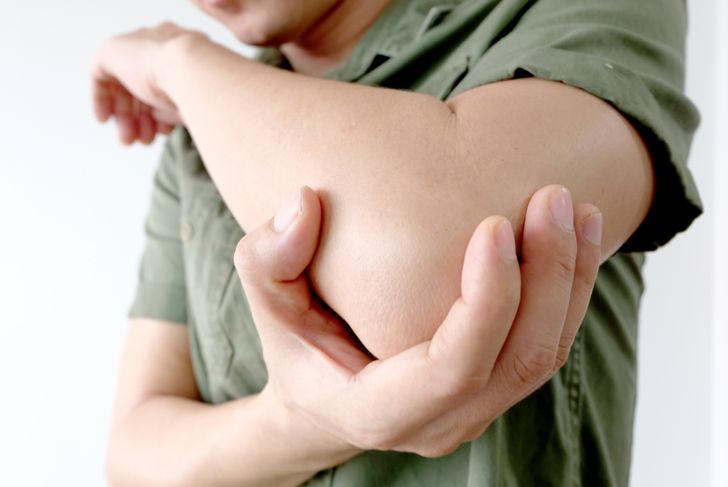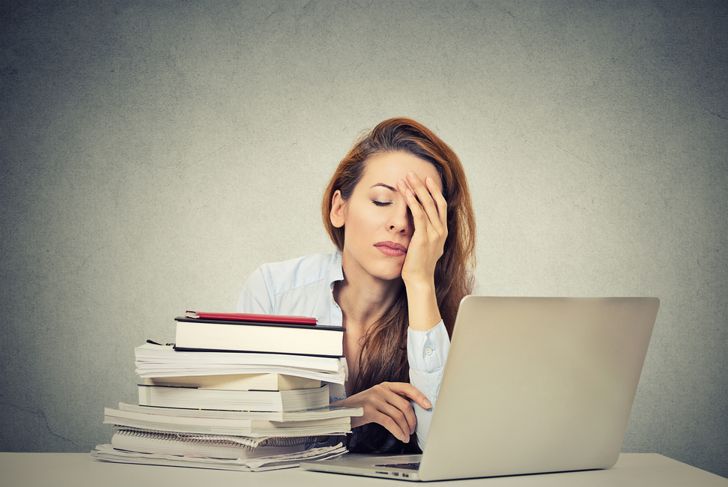Bursitis is a painful condition resulting from inflammation of the bursae, small sacs of synovial fluid that cushion bones, tendons, and muscles at the joints. The bursae promote smooth, frictionless movement. Though bursitis is not a life-threatening condition, it is uncomfortable or painful and may impede daily functioning. Treatment involves resting the affected area and applying topical medication for inflammation and pain. In severe cases, patients may require surgery.
Localized Pain
Those with bursitis feel pain at the site of the inflammation, most often in the shoulder, hip, or elbow. The condition may also affect the knees, heels, and shins. The pain in these areas is usually a dull ache that worsens with movement. Over-the-counter painkillers can help relieve the pain, which in most cases takes a few weeks to resolve.
Tenderness
Bursitis can cause the affected area to become tender and sore such that friction may cause discomfort. This is especially true of bursitis in the hip. The individual may not be able to lie on the problematic side of the body, and simple activities like getting dressed can become difficult.
Inflammation
Swelling is common with bursitis. It mostly occurs a day or two after the pain begins. Most people develop low-intensity pain in the affected area, but many ignore it at first. This means they do not rest the area or stop carrying out the activities that caused the problem, which can make inflammation worse until eventually, swelling is visible.
Stiffness
When the bursae are swollen and the joint aches, the affected body part tends to become stiff as well, especially when mobilization is difficult or the pain is prohibitive. Those with bursitis should prevent any strain at the site of the trauma to ensure a quicker recovery and the return of a full range of motion.
Redness and Warmth
Another common symptom of bursitis is erythema, localized redness visible on the skin that disappears when pressure is applied to the area (blanching). Warmth usually accompanies this sign. Most individuals with bursitis report redness and heat at the site of pain. These symptoms generally disappear as the swelling begins to subside.
High Fever
In some cases, infection can cause inflammation of the bursae. Unlike most instances of bursitis from strain, septic bursitis can become dangerous. Along with other symptoms of bursitis, people with this form of the condition will likely experience a high fever. Doctors generally prescribe antibiotics to fight septic bursitis. Medication can ease the fever and prevent the spread of the infection.
Chills
Septic bursitis and fever are usually accompanied by chills — a common side effect of high body temperature. People with diabetes or those who consume excessive amounts of alcohol are at greater risk of septic bursitis. Gout and rheumatoid arthritis also increase the amount of bursal fluid in these areas. If the doctor suspects septic bursitis, they may do some tests that require sampling the fluid in the bursa using a sterile needle. They may then prescribe antibiotics based on the organism isolated from the infected bursa. In these cases, over-the-counter medications may be ineffective.
Broken Skin
Septic bursitis can present with broken skin over the affected area. This mostly occurs when the site of affected bursa has a thin layer of skin, such as the elbow or knee. In these cases, it is likely that the skin covering the area will open and drain pus.
Skin Infection
If an infection is causing bursitis, it may also impact the deeper tissues, leading to cellulitis. Cellulitis causes more intense pain, inflammation, and redness on the skin and underlying tissue. Sometimes, small bunches of blisters also manifest on the affected skin.
Malaise
People with bursitis, septic or otherwise, will commonly experience a general feeling of poor health that can lead to fatigue that does not improve with rest. This symptom should fade as the condition improves, and the body does not have to exert as much energy in fighting the inflammation or infection.

 Home
Home Health
Health Diet & Nutrition
Diet & Nutrition Living Well
Living Well More
More